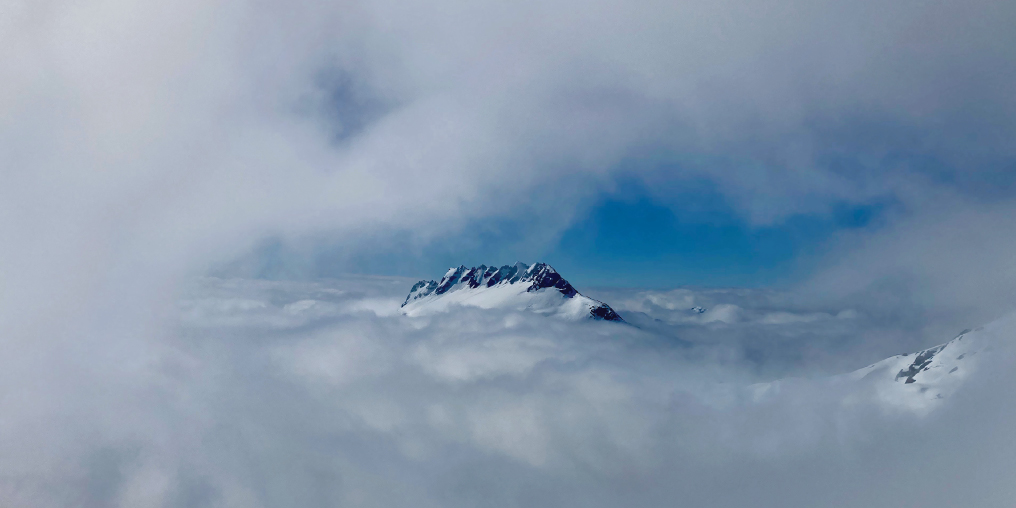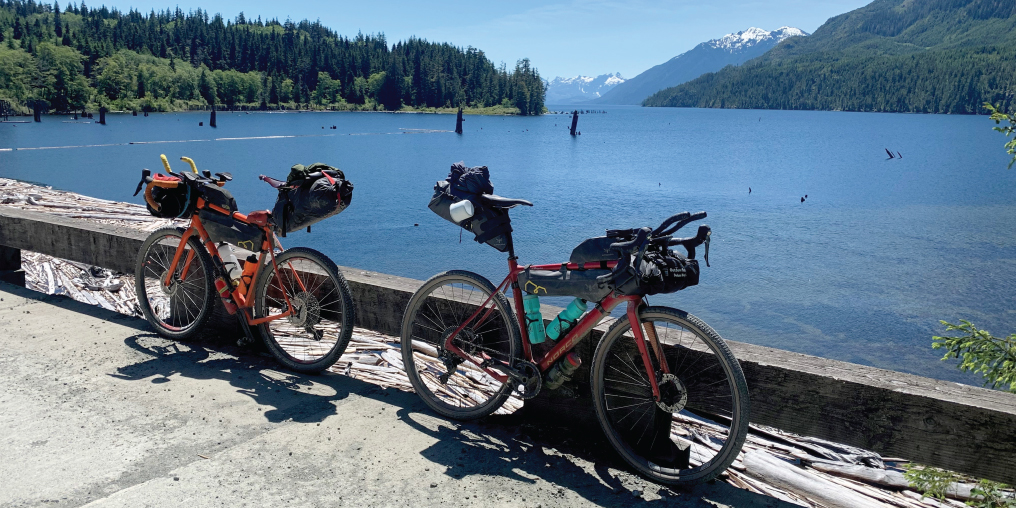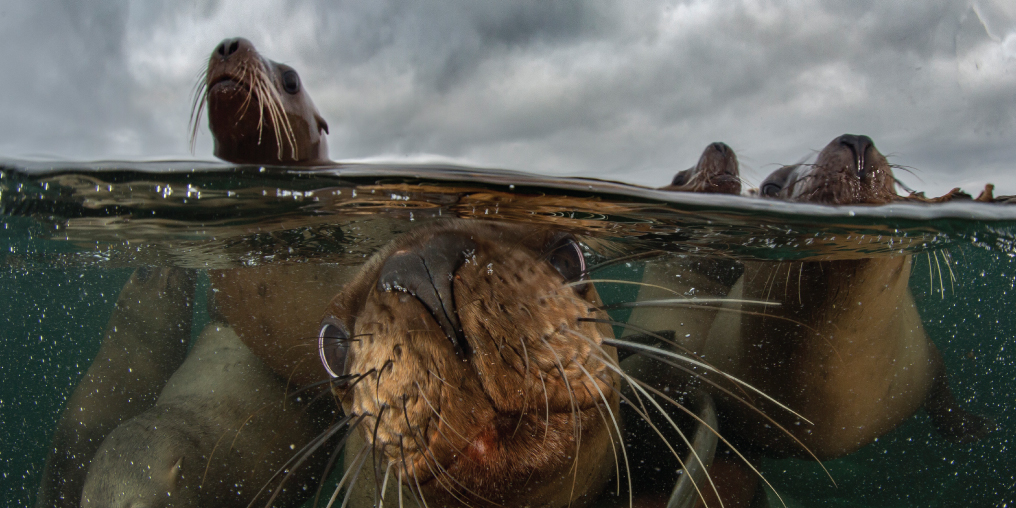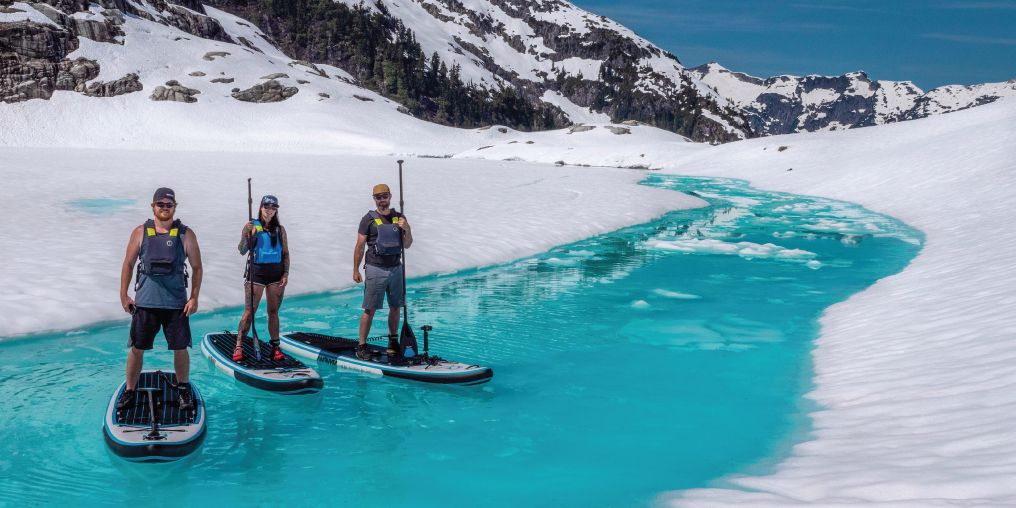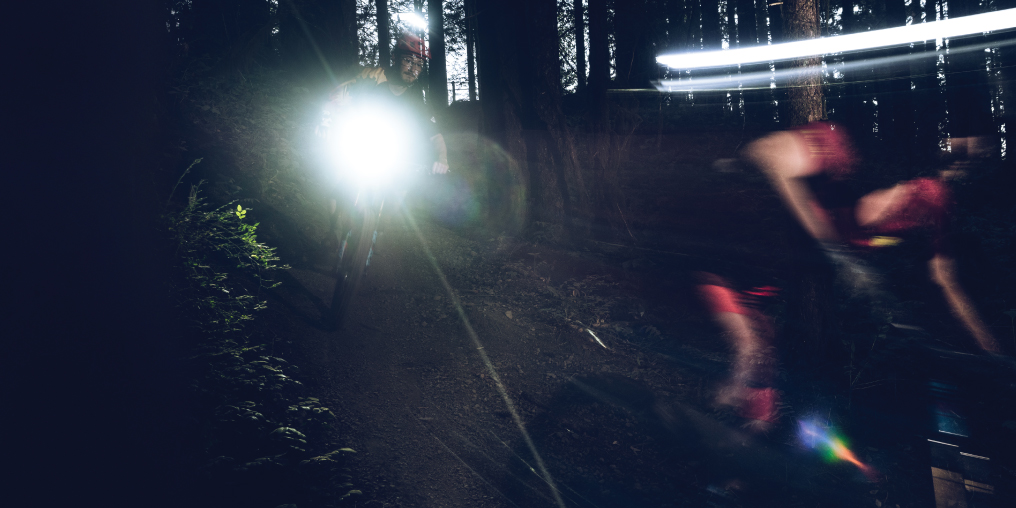It is usually late May when I embark on the first mountain trip of the season. In this particular year I was headed out for a three-day trip with two friends to climb Nine Peaks. This remote peak is in the southeastern portion of Strathcona Provincial Park, roughly parallel to Bowser on a map, but entirely different in character: steep and rocky, deep within the Insular Mountains. Well known to climbers, it’s one of nine mountains on Vancouver Island considered a major island peak by the Alpine Club of Canada.
There is a calm in the clouds that grounds me back home to myself, found between whirlwinds and crashing rock—a feeling that I prepare for each time I finalize gear and load my bag with crampons and ice axe.
While packing, I imagined the series of peaks rising high above Beauty Glacier, the image made famous in the resistance poster for the Thelwood Blockade, the 1988 protest that marked the first time in Canada when arrests were made for protecting a park.
Early the next morning, my friends and I drove south along Buttle Lake towards the Thelwood Valley, slowing along the twisted highway’s tight corners and admiring peaks to the west: Titus, McBride, Marble, Phillips, and Myra. Below these giants are hundreds of old-growth stumps that appear annually as the lake levels drop, reminders of the logging that accommodated the damming of Campbell Lake in the 1950s. The ghosts of rainforests past.
The approach to Nine Peaks starts with a short and moderately steep hike up to Bedwell Lakes. On this trip, the spring snow and our loaded backpacks made for perfect post-holing conditions. The slog up to Big Bedwell left us sweltering under an unseasonably warm afternoon sun and feeling defeated when we stopped for lunch. We continued east towards Little Jim Lake, getting pulverized along the way by UV rays, and stopped at an oasis of runoff directly north to refill water bottles.
We passed below Little Jim Lake and set up camp on the bench behind Big Interior Mountain, with only one other party of four tenting nearby. After dinner, I wandered in search of a spot to admire the dramatic view of Mount Septimus. Sitting on a flat, snow-free boulder warmed by the sun, I scanned the landscape. The boulder’s shadow grayed the snow below me, miniscule compared to the mountain beyond. My shadow—even smaller. Already dreaming of my next excursion before Nine Peaks was completed, I envisioned my tiny form, slowly hopping from snow to stone to reach Septimus’ summit.
The next morning, I followed a familiar routine: unzipping my tent, leaving the relative warmth of my sleeping bag, crouching out to slip on sandals over my socks, and entering the predawn stillness to boil water for coffee. The pressurized hiss of my stove stirred the air around me to life. Anticipation to start walking uphill gave me the gumption to step into my wet boots.
As we walked away from camp, the snow crunched under our crampons. The only other sound was the whistle of the wind, blowing my tangled hair back from my face.
Traversing west below Big Interior, we negotiated our way across a partially exposed crevasse, the diamond glaze trickling under our feet and melting into a brilliant aqua blue, and kicked snow steps up to gain the ridge. Here we caught our first glimpse of Nine Peaks, massive and bright, its summit framed in opaque clouds and blue sky. A deep cirque blocks the most direct route to the glacier below the mountain; we veered right to avoid its plunging depth.
Before we reached Beauty Glacier, clouds rolled in, concealing the route to Nine Peaks’ summit. Instead of picking our way up with the GPS, we dropped our bags and boiled water for more coffee. Movement in the mountains must be present and focused in order to make wise decisions. Waiting for the weather to change becomes a practice in patience, and is sometimes rewarded with a clear path forward.
As we finished our coffee, the ashy murk dissipated and the snow-capped peak was revealed, towering above us. We tossed our bags back on, and my breath quickened to a steady echo in my ears as I walked upwards. With each step, my feet sank and my ice axe plunged into snow that rose to my knees. The sun shone off the endless white, and what had been merely brilliant from a distance became blinding.
The final stretch to the summit was a snowy, exposed slope, the wind so fierce that I felt I might be swept away without my ice axe steadying me. In moments, we crested the peak and clambered along jagged black rock to the summit register, frozen fingers working it open with vigorous excitement. We paused to take in the view, a full 360 degrees of mountainscapes and alpine lakes spanning all the way to the Pacific. I could no longer hear my own breathing, only the whizz of the weather’s irregular spindrifts: frigid air sporadically accosting my face.
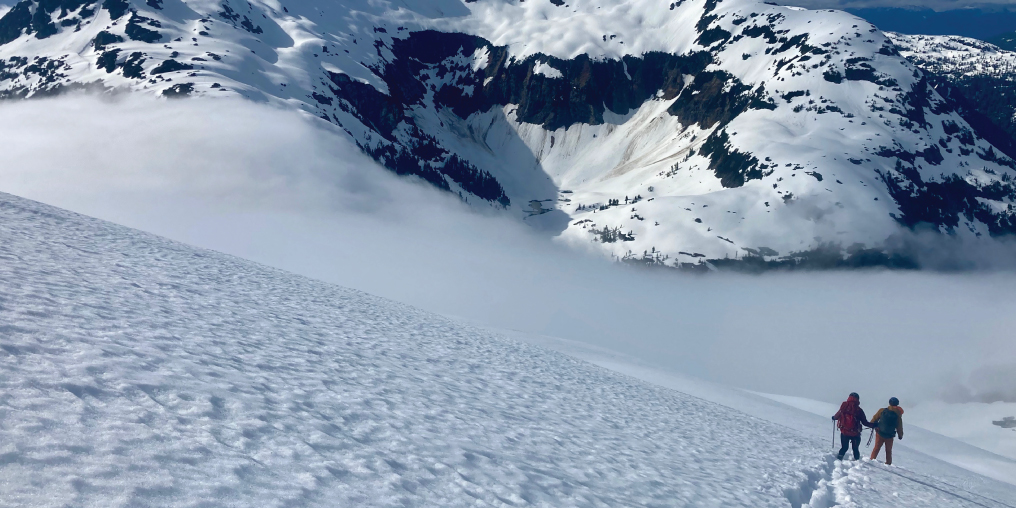
Descending from any peak can be a blur of fatigue and weather-dependent urgency. We were alone as daylight faded, and, as we roamed around the cirque, I pondered the logistical challenges of mining in the mountains and felt an overwhelming sense of gratitude that Big Interior had remained unearthed. A southeast wind raged as we moved at a steady pace, following our tracks in the downy snow back to camp. The next morning was rainy, and we coasted out early to eat the apples and chips waiting in my truck at the trailhead.
When I talk about trips like this with friends, we half-heartedly joke about the art of suffering: approaches choked with devil’s club and slide alder, long days, and lost toenails. Still, I ache for this pursuit—a longing deep within my bones that feels magnetic and attracts me to places untouched by artificial light. Each year, as the weather warms, I find myself scrutinizing topographical maps and taking to the hills, then coming home branded with burnt skin and cracked lips, saturated boots, and sore shoulders.
Amid the moments of exhaustion, I feel an internal calm that grounds me. I seek out the mountains to experience the intangible essence of my aliveness—the most natural feeling of connection I know. It awaits at the top of lichen-crusted rock, and chases my trail home.
I consulted many sources to research the park’s history; I’d like to thank Lindsay Elms in particular for his writing at beyondnootka.com, which provided me with great insight.

